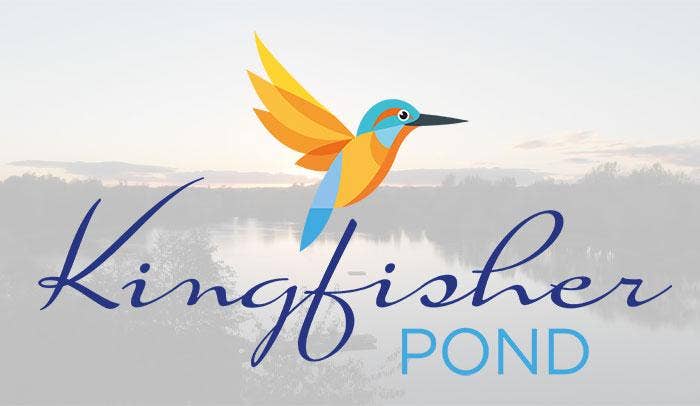Encouraging youngsters to engage with nature conservation and learn about fishing and the wider aquatic environment is challenging and the sparsity of juniors entering our sport has been a cause for concern for some time.
To help address this problem, Sportfish is collaborating with the Englefield Estate Trust Corporation Ltd, Reading Fishing Club and the Environment Agency to create a delightful new pond facility adjacent to Haywards Farm Lake at the Sportfish Game Fishing Centre.
The newly–excavated ‘Kingfisher Pond‘ has a natural willow breakwater to prevent erosion and is to be planted with a diverse range of native aquatic and marginal plants to increase habitat. It will be stocked with young trout and developed as part of the Sportfish tuition scheme to benefit both youngsters learning to fish and those simply looking to explore the aquatic environment as part of their school curriculum.
Robin Philpott, Managing Director of Sportfish and Farlows, commented:
“Conservation of our natural environment is a key theme of our time and we are delighted to be working with our partners to deliver such a marvellous new resource here at the Sportfish Game Fishing Centre and to enhance youngsters’understanding of the importance of habitat creation and biodiversity and of safeguarding the environment for future generations.”

Birds, bats, butterflies and bugs
The creation of Kingfisher Pond is the first step in a long–term management project to increase the biodiversity value of around 29 hectares of Englefield Estate land alongside the busy railway corridor between Reading and Newbury. The project involves replacing low grade trees with a wide variety of native trees, creating a more diverse woodland structure, and planting aquatic plants to encourage more birds, bats, butterflies, bees and bugs. The scheme will also bring a wealth of new opportunities for the wider community of fishers and local interest groups as well as creating a valuable educational resource for local schools and colleges.
The project is supported by the Trust for Oxfordshire’s Environment with funding from the Network Rail No Net Loss of Biodiversity on the Greater West Programme.


